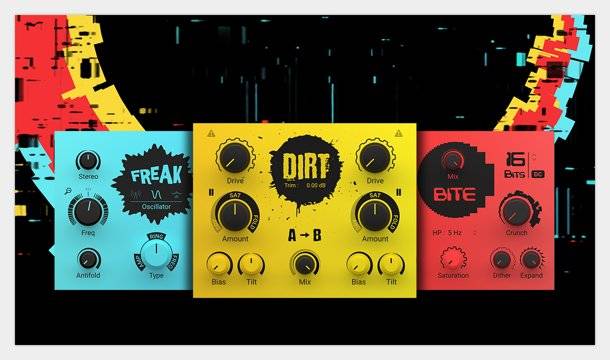Yesterday the Apple Developers’ meeting gave participants first taste of iOS 9, and there in the fine print was also a mention of a new audio feature. It seems that iOS will in the near future include plugin technology, which would mean apps like Cubasis could have similar addons as in their workstation form: instruments, effects etc.
This would of course mean the end of the road for Audiobus, so far the best option for linking apps. Also the new multitasking feature will affect this, but it remains to be seen when and how. I’m sure Audiobus will in practise hang around for quite a while until the app vendors omit the new approach, if it actually is a practical one. If only Apple did something to the physical audio connections also, then the iPad would really start to challenge the workstation environment.
Meanwhile I have searched for ways to combine these two. A year ago or so I browsed through the iConnectivity catalog and found their hardware somewhat pricey. However now there is a model, the iConnectivity 2+, with the price tag of 80 euros or so, and I have actually ordered myself one. I am not in possession of it yet so I will get back to it once I have done some practical testing.
The second task, using the iPad as MIDI controller in Cubase 5 on Windows 7, has been one problem I haven’t been able to solve – until now. I found Mr Vitaliy Tarasyuk’s apps called DAW Control and Midi Studio, two reasonably priced pieces of software, which both work with Cubase 5. The only thing you need on your workstation is Tobias Erichsen’s rtpMIDI connection driver, something I have actually had installed for years. It is only now however that I found suitable apps I can use it with.
As one might suspect, DAW Control enables one to use the Cubase recording and mixing options along with the channel sliders on iPad, and I can confirm the app supports the Cubase 5 version. The real finding was the Midi Studio app, since it – although set in mixing view – gives free Midi learn option for users. Just set the sliders and knobs for Massive via Midi learn, and you can control basically every aspect of the sound like you had a hardware synth in front of you. Again, everything is fully compatible with Cubase 5.
Afterwards it basically made me angry when I thought how long it all took to be realized, and this was the main reason I wanted to share the details. I also watched Beardyman give a lecture at the TED gathering, and during the presentation he used his stage setup consisting of three iPads and synths. The outcome was a paradox, since the keynote show raised more questions than it gave answers to.
Somehow there is this veil of secrecy – even Beardyman did not give a guided tour of his setup but settled for being a sound wizard – surrounding new, easy ways of controlling sound. By this I mean the inexpensive ways, not Kontrol sellers (i.e. Native Instruments and other big players).
It’s like people are deliberately guided into buying integrated and often expensive software-hardware combinations, when in fact – as presented – an app worth couple of euros can totally transform the way a soft synth is used in production, erasing the need for expensive new gear.
Is it really so that the controllers of the controllers – the big makers of hardware – want to keep the easy solutions out of the market and replace this potential flexibility with their view of what is Komplete?
I would rather take the modular way, where I am in charge of the particular pieces constructing the whole package. The only thing I need is some sort of compatibility, rather the kind that does not take two years to sort out. It seems that all sorts of things can be done with little or no extra cost, but very few people talk about this in public and I have no idea why.

